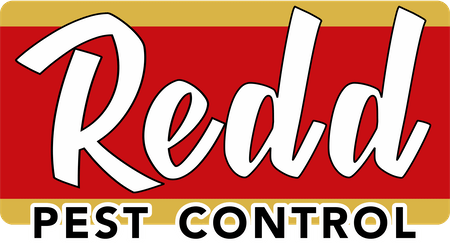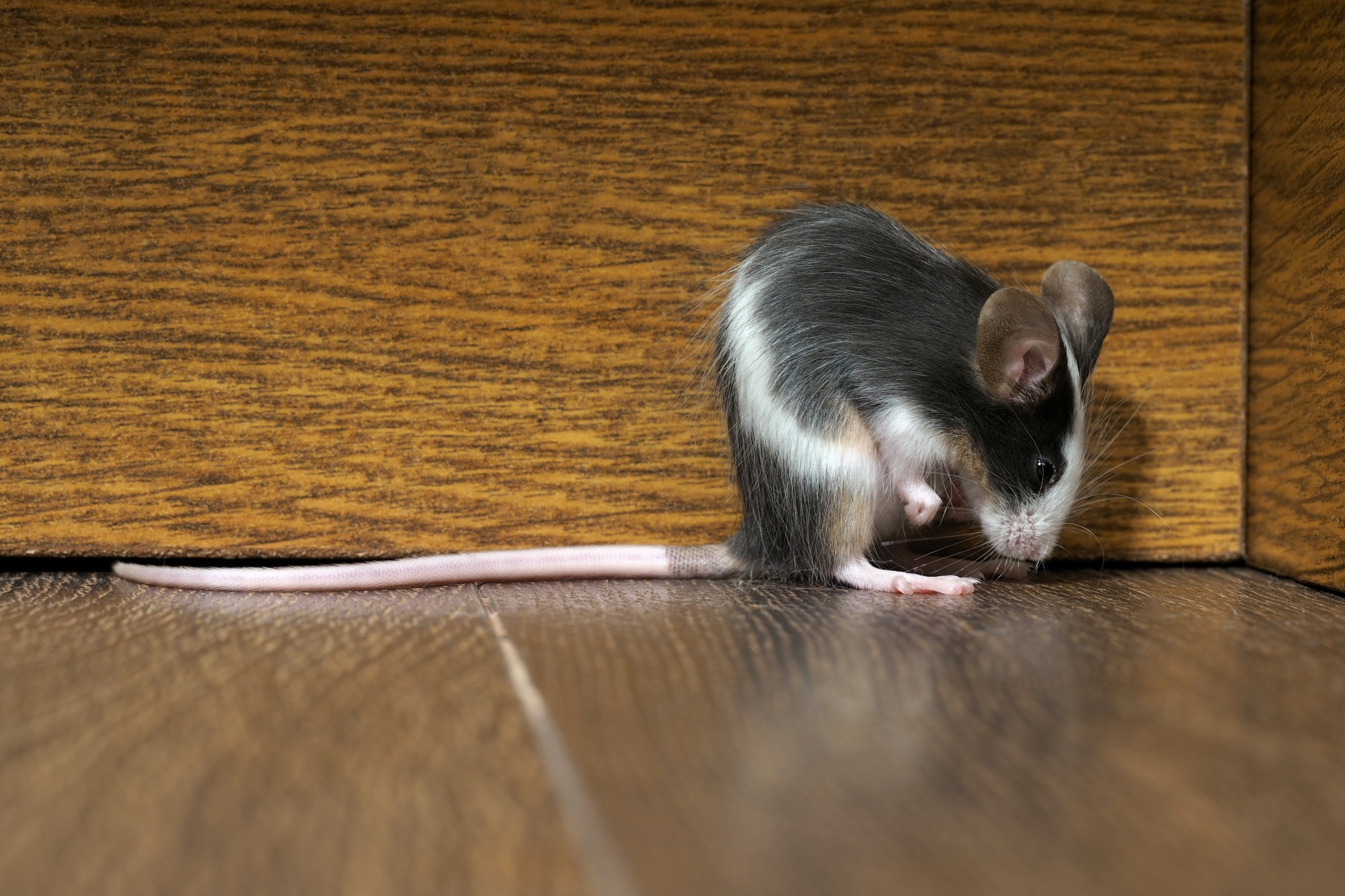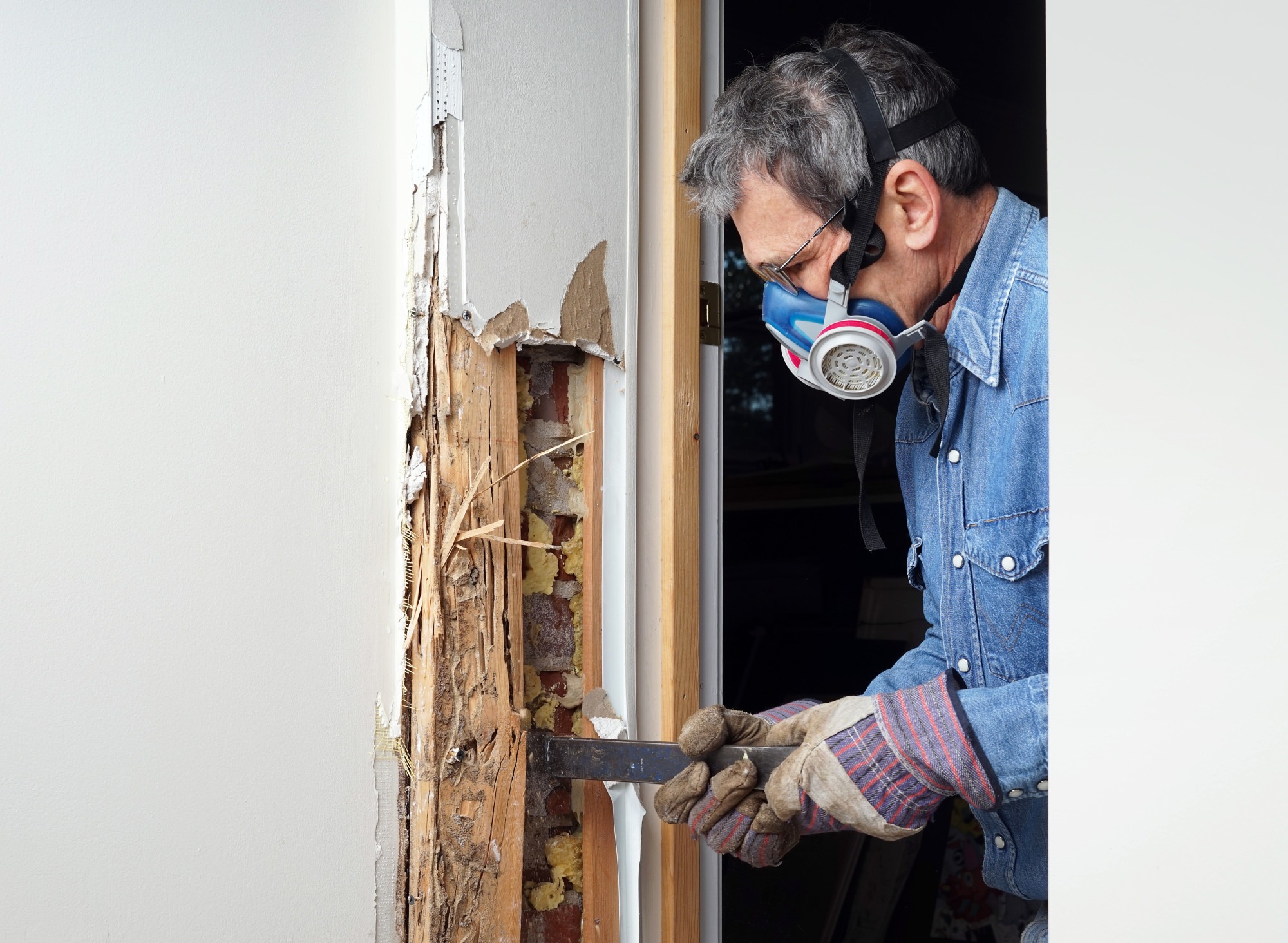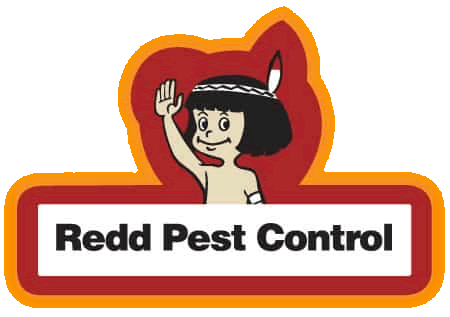How to Get Wasps Out of Your House
Having wasp infestation issues in your home?
Wasp removal is critical, considering the damage and injuries that might come from it. It's rare for a wasp injury to be fatal, but the fact it happens must concern you. If it's your first time experiencing this issue, you might have no idea what to deal with it.
Luckily, we have the guide for you. Read on as we help you learn how to get of wasps in your home. Learn more:
1. Wear Safety Gear and Clean Your Home
These tasks help prepare your wasp-eradication endeavor. Before approaching the wasps' nest, have the appropriate protective outfit. Cover yourself in long pants, a long-sleeve shirt, closed-toe footwear, thick gloves, and goggles. Protect your entire body especially if you have insect sting allergies.
To decrease the chances of future wasp infestation indoors, power vacuum your carpet, floors, furniture, and mattress. Use a crevice tool attachment to reach those cracks and other tight spaces. These places are often hiding spots for wasps and other pests.
Use vacuums with disposable bags when rooting out suspected wasp infestations. Throw these trash bags outdoors after use. Vacuuming is an important step to remove various food crumbs the wasps feed on.
2. Use Different Methods to Get Rid of Wasps
After preparing your home for the wasp cleansing, it's time to get rid of these pests. You can either use nest drenching, nest dusting, or DIY wasp traps. If the wasp infestation is severe, call residential pest control services.
Nest Drenching
Using a specifically formulated insecticide, saturate the entirety of the nest in this solution. Use a handheld spray if the nest is more accessible. Otherwise, use ones with a long nozzle for more hard-to-reach wasp hives.
Be careful of flying wasps fleeing from the nest. Spray the formula as they get out of their nest. After ascertaining the death of the colony, destroy the nest to prevent future recurrences.
Nest Dusting
These methods involve using a powdery or dust version of wasp-specific insecticide. Cover the nest and it will kill the wasp colony over a certain duration. While not as effective as nest drenching, nest dusting is a safer and easier option.
All you need is to drop the powder over the nest. After that, walk away and let it do its magic. Depending on the severity of the infestation, it might take weeks and several reapplications before the entire colony die.
DIY Wasp Traps
Are insecticides too expensive for you? If so, homemade wasp traps are a viable alternative. Cut the neck of a two-liter soda bottle right below the taper. Put bait at the bottom of the bottle, either protein-rich or sweet food items. To keep bees out of the trap, put a sprinkling of vinegar.
Unscrew and remove the bottle cap before flipping the top part upside down. Tuck it into the bottom of the bottle. Put it near the nest and watch as the wasps entrap themselves, making them easier to kill.
3. Use Natural Wasp Repellants
Lots of home remedies remove wasps in the house. One of these is using herbs with strong smells, such as:
- Thyme
- Citronella
- Spearmint
- Eucalyptus
Place these herbs around various access points in your property. Put them around your backyard, near your windows, and on the patio. Wasps find these repulsive and will keep their distance.
If a wasp nest is near your property, make a wasp-repelling spray with essential oils. The solution is a teaspoon of clove oil, lemongrass oil, geranium essential oil, and six water cups. Combine them in a spray bottle and go to the wasp nest at night.
Wasps are less active during this time, allowing you to spray the mixture onto the nest. Repeat the process until the wasps flee from their nest. If the nest was in your garage, use these methods to keep the area pest-free.
4. Make Your Home Less Desirable
After removing the wasp infestation, either through DIY or general pest control experts, keep them out for good. Look for exposed entry points in your home and seal them off. Common areas include the attic, basement, and roofing.
Close your garbage area with a lid to prevent wasps from eating your scraps. Clean up various spills and food crumbs as soon as possible. Never leave your food unprotected for too long, including pet food.
Never use perfumes, sprays, and candles with strong fragrances. The sweet odor will attract insects such as bees and wasps. It applies if you're keeping nectar-loving insects out of your property.
If your yard has smaller, roofed objects, use aluminum to cover the exposed roofing underneath. Examples of these items include birdhouses and dog kennels.
5. Call Trustworthy Residential and Commercial Pest Control Services
Sometimes, wasps build their nests in hard-to-reach places. You'll find them on your roofs, in tall trees, or within your wall or floorboard cavities. Call the best pest control services to treat the wasp infection, especially if you already tried the DIY steps in the previous section.
Another eligible situation is when someone in your house has wasp allergies. Never go near wasps if you have sting allergies. Otherwise, it might cost you a one-way trip to the hospital.
Use search engines to look for pest control services within your area. Look at their reputation through online review websites or the Better Business Bureau. Compare their prices and interview each company about what they can offer.
After that, check their license and insurance policy. If they don't have any of these, it's a red flag for you to move on.
Call Wasp Removal Experts Now!
Removing the nest on your own seems inexpensive. However, the health and safety risks of disturbing a wasp nest can be costly. To avoid this, it's better to get in touch with wasp removal experts and let them do the job.
Do you need pest control help? Use our fillable form to contact us today!
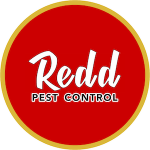
Redd Pest Control

